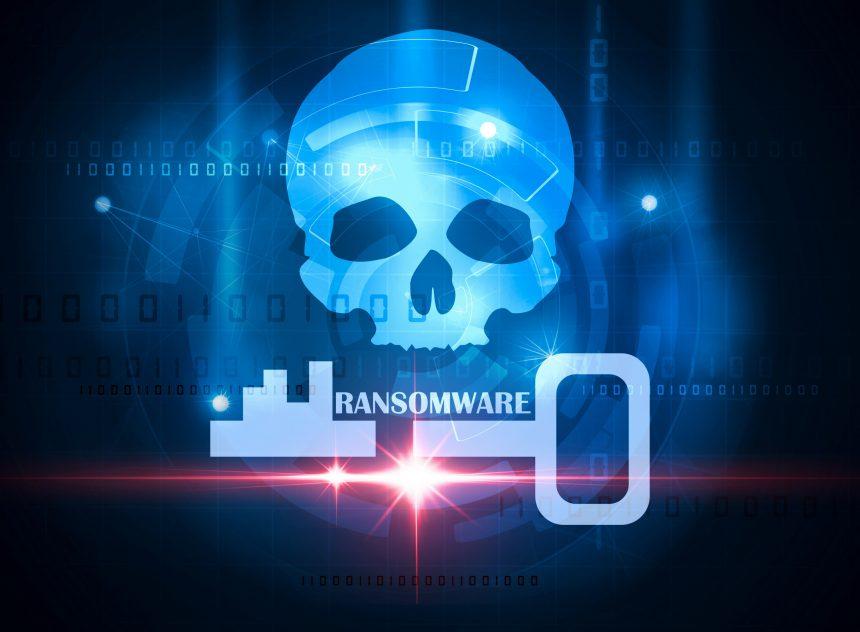Ransomware attacks are among the most destructive cyber threats faced by individuals and organizations. The WantToCry ransomware exemplifies this danger, as it encrypts files, demands a ransom, and leaves victims scrambling to recover their data.
WantToCry Ransomware Summary
The following table summarizes key details about the WantToCry ransomware:
| Attribute | Details |
|---|---|
| Name | WantToCry Ransomware |
| File Extension | .want_to_cry |
| Type | Ransomware, Cryptovirus |
| Short Description | Encrypts files on the system and demands a ransom for decryption. |
| Ransom Note | !want_to_cry.txt |
| Associated Emails | Not specified, but includes instructions for contacting attackers via qTOX |
| Detection Names | Detected by various tools under names like Trojan.Ransom.WantToCry |
| Symptoms | Encrypted files with the .want_to_cry extension, ransom note in directories, slow system performance, inability to access files. |
| Damage | File encryption, potential deletion of Shadow Volume Copies, data loss. |
| Distribution Methods | Spam emails, malicious attachments, torrent websites, freeware downloads. |
| Danger Level | High |
Remove annoying malware threats like this one in seconds!
Scan Your Computer for Free with SpyHunter
Download SpyHunter now, and scan your computer for this and other cybersecurity threats for free!
How Does WantToCry Ransomware Spread?
WantToCry ransomware spreads primarily through:
- Spam Emails: Emails containing malicious attachments or links can initiate the infection.
- Malicious Attachments: Infected Word, PDF, or archive files often carry the ransomware payload.
- Torrent Websites: Fake downloads or cracked software may hide the malware.
- Freeware: Free software downloads from unverified sources can include malicious scripts.
- Social Media: Malicious links or files shared through social media platforms may also spread the ransomware.
What Happens After Infection?
Upon infection, WantToCry ransomware encrypts a wide range of file types—including documents, images, audio, videos, and backups—by appending the .want_to_cry extension. It also creates a ransom note, !want_to_cry.txt, in the directories containing encrypted files.
The note instructs victims to use qTOX, a secure messaging platform, to contact the attackers. The attackers demand payment in Bitcoin for file decryption and require victims to send three small test files to verify decryption. However, paying the ransom is strongly discouraged as it does not guarantee file recovery and encourages criminal activity.
Additionally, the ransomware:
- Modifies the Windows Registry to maintain persistence.
- Deletes Shadow Volume Copies using the command:
vssadmin.exe delete shadows /all /Quiet- Impairs system performance and restricts access to encrypted files.
How to Remove WantToCry Ransomware?
Remove annoying malware threats like this one in seconds!
Scan Your Computer for Free with SpyHunter
Download SpyHunter now, and scan your computer for this and other cybersecurity threats for free!
SpyHunter is a robust anti-malware tool capable of detecting and removing WantToCry ransomware. Follow these steps to eliminate the threat:
Step 1: Boot into Safe Mode with Networking
- Restart your computer.
- Press the F8 key repeatedly before Windows loads.
- From the Advanced Boot Options menu, select Safe Mode with Networking and press Enter.
Step 2: Download and Install SpyHunter
- Download the SpyHunter installer.
- Run the installer and follow the on-screen instructions to complete the installation.
Step 3: Perform a Full System Scan
- Open SpyHunter.
- Click on Start Scan to begin scanning your system for ransomware and other threats.
- Review the scan results and click Fix Threats to remove detected malware.
Step 4: Restore Files (Optional)
If backups are unavailable, consider using third-party file recovery tools or seek professional data recovery services. Avoid paying the ransom, as it does not guarantee file restoration.
Preventing Future Infections
To avoid ransomware infections like WantToCry, follow these best practices:
- Enable Regular Backups: Maintain up-to-date backups of your files on an external drive or cloud storage.
- Use Reliable Security Software: Install and update a trusted antivirus or anti-malware tool, such as SpyHunter.
- Update Your System: Regularly apply security updates for your operating system and applications.
- Avoid Suspicious Links and Attachments: Do not open emails, links, or attachments from unknown or untrusted sources.
- Disable Macros in Office Files: Prevent malicious macros from executing by disabling them in Microsoft Office.
- Secure Remote Desktop Access: Use strong passwords and two-factor authentication for remote desktop connections.
- Educate Yourself and Your Team: Stay informed about the latest cybersecurity threats and train employees to recognize phishing attempts.
Conclusion
WantToCry ransomware is a dangerous threat that can cause severe data loss and financial damage. However, with tools like SpyHunter and adherence to preventive measures, you can mitigate the risk and protect your system. Always prioritize cybersecurity and ensure regular backups to stay ahead of malicious actors.
Remove annoying malware threats like this one in seconds!
Scan Your Computer for Free with SpyHunter
Download SpyHunter now, and scan your computer for this and other cybersecurity threats for free!
Text in the Ransom Note
Once files are encrypted, a ransom note named !want_to_cry.txt is created in the affected directories. Here’s a sample of what the ransom note looks like:
All your data has been encrypted by –WantToCry– r@n50mw@re.
You can buy decryption of all files for 300 USD.
For this:
1. Visit hxxps://tox.chat/download.html
2. Download and install qTOX on your PC.
3. Open qTOX, click “New Profile,” and create your profile.
4. Click “Add friends” and search for contact – [unique string].
5. Send a message with the string.
6. Send 3 test files (20-30 MB each).
We will provide payment instructions and decrypt your files after receiving payment.
Payment must be made via Bitcoin.




